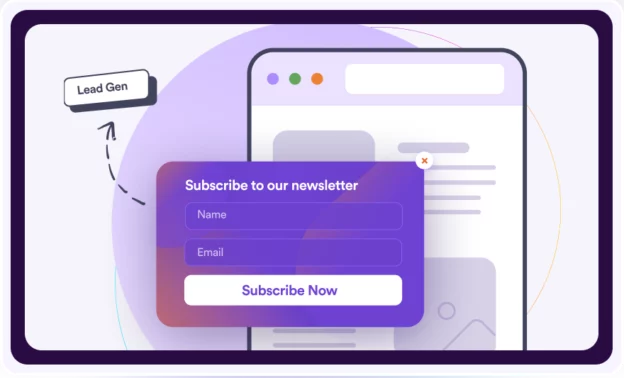Email marketing remains one of the most effective ways to build relationships, nurture leads, and drive conversions. When combined with a WordPress blog, you can create a newsletter funnel that attracts visitors, captures emails, and turns readers into loyal subscribers or customers.
This guide explains how to set up a newsletter funnel in WordPress step by step.
Contents
A newsletter funnel is a structured process where you:
-
Attract visitors with blog content.
-
Capture emails through sign-up forms or lead magnets.
-
Nurture subscribers with automated email sequences.
-
Convert leads into paying customers, clients, or engaged community members.
By combining WordPress for blogging and email marketing tools, you create a system that runs on autopilot.
-
Content Hub – Your blog attracts organic traffic.
-
Plugin Ecosystem – Easy integration with email platforms.
-
Flexibility – Customize forms, pop-ups, and landing pages.
-
Scalability – Works for small blogs or large businesses.
3. Tools You’ll Need
-
Email Marketing Platform: Mailchimp, ConvertKit, MailerLite, or FluentCRM (WordPress-native).
-
Form & Lead Capture Plugins: WPForms, Elementor Forms, Thrive Leads.
-
Automation Tools: FluentCRM, Mailchimp Automations, or Zapier.
-
Landing Page Builder: Elementor, SeedProd, or OptimizePress.
Step 1: Create Valuable Blog Content
-
Write posts around topics your audience searches for.
-
Include clear calls-to-action (CTAs) encouraging readers to subscribe.
Step 2: Offer a Lead Magnet
-
Free ebook, checklist, template, or mini-course.
-
Example: “Download our free WordPress SEO checklist.”
Step 3: Add Opt-in Forms
-
Place forms in key areas: sidebar, footer, within blog posts, and exit-intent pop-ups.
-
Use A/B testing to see which form placement converts best.
Step 4: Connect to an Email Marketing Platform
-
Integrate forms with your chosen email tool.
-
Segment subscribers (e.g., by interest or blog category).
Step 5: Set Up Automated Email Sequences
-
Welcome Email: Introduce your brand and deliver the lead magnet.
-
Nurture Series: Share helpful articles, case studies, or stories.
-
Conversion Emails: Present your product, service, or premium content.
-
Add sign-up CTAs at the end of blog posts.
-
Share snippets on social media and link to your landing page.
-
Encourage current subscribers to forward emails to friends.
Scenario: A WordPress consultant builds an email funnel.
-
Writes a blog post: “Top WordPress SEO Mistakes to Avoid.”
-
Offers a free SEO checklist PDF as a lead magnet.
-
Visitors sign up via WPForms integrated with ConvertKit.
-
They receive a welcome email + checklist immediately.
-
Over the next 7 days, they get automated tips on SEO.
-
Final email: Offer a discount on SEO consulting services.
-
Keep emails short, valuable, and personal.
-
Use blog posts as inspiration for email content.
-
Track open rates and conversions with analytics.
-
Segment your audience for higher engagement.
-
Test subject lines and CTAs to improve performance.
FAQ
Q: Can I build a newsletter funnel without coding?
Yes. WordPress plugins and email marketing tools make it simple with drag-and-drop builders.
Q: Which email marketing tool works best with WordPress?
FluentCRM (native), Mailchimp, and ConvertKit are popular and integrate easily.
Q: How often should I send newsletters?
At least once per week is ideal, but consistency is more important than frequency.
Q: Do I need a separate landing page for my newsletter?
Yes, having a dedicated sign-up landing page improves conversions and gives you a link to share.
Q: Can I monetize my newsletter directly?
Absolutely. You can include affiliate links, promote products, or offer paid subscriptions.
👉 By combining WordPress blogging with a well-structured newsletter funnel, you create a powerful system for attracting leads, building trust, and driving long-term revenue.
